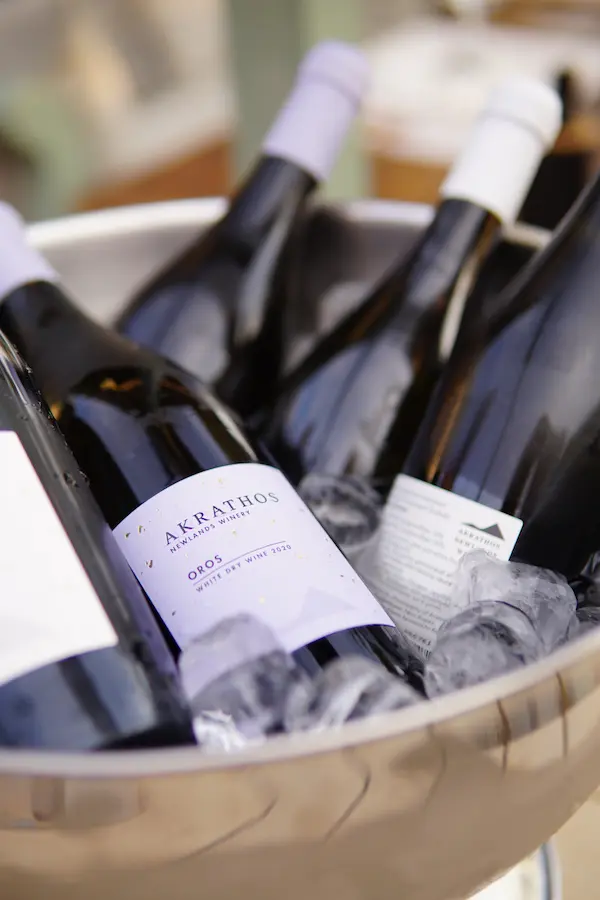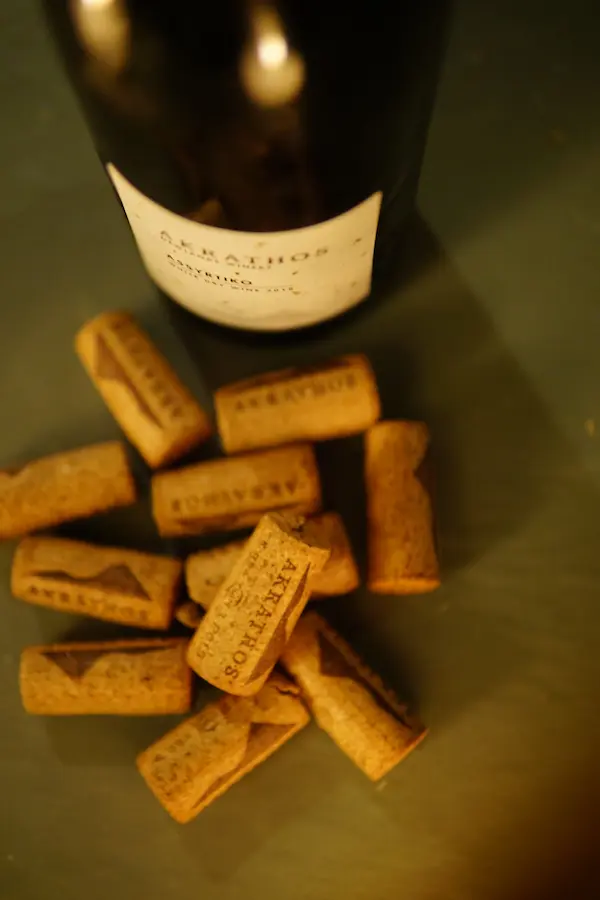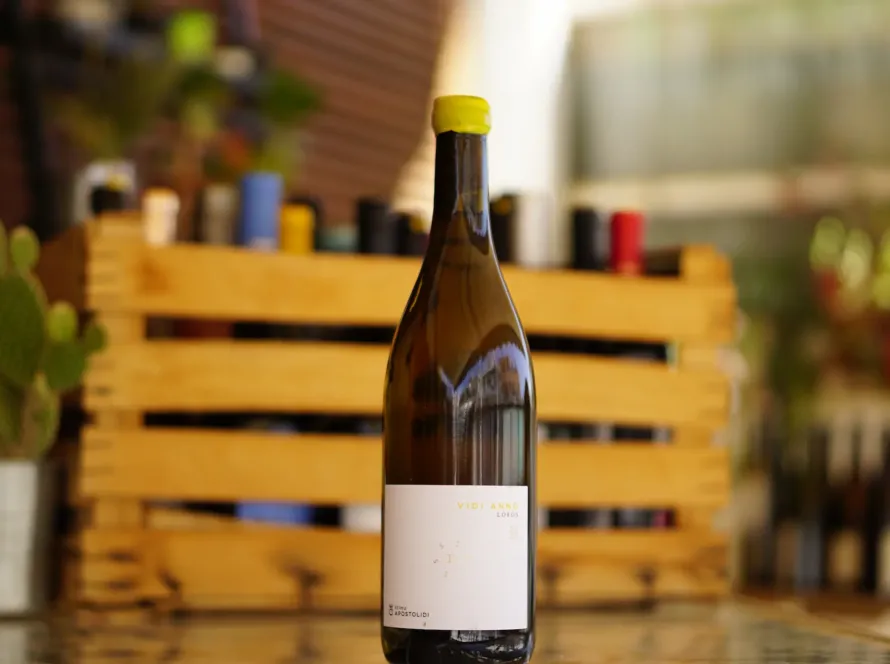When you hear “Assyrtiko,” Santorini naturally comes to mind. White cliffs, blue domes, vines woven into baskets against relentless winds. That volcanic terroir gave the grape its global fame — and rightfully so. But there’s another chapter in the Assyrtiko story, unfolding not on an island but on the mainland. High in Halkidiki’s mountains, Assyrtiko is showing a different face, one that complements rather than competes with its Santorini cousin.
Two Expressions, One Grape
Santorini’s Assyrtiko is extreme — bracing acidity, smoky minerality, saline power. It’s the wine that made the world take Greece seriously again. But Assyrtiko isn’t a one-terroir wonder. In Halkidiki, grown at 550 meters on slate-heavy soils, the grape becomes more linear, fresher, almost alpine in its precision. The contrast is fascinating: volcanic intensity on one hand, mountain sharpness on the other. Both authentic, both compelling, both worth a place on a serious wine list.
Akrathos: Edge of Athos
Akrathos Winery sits on the slopes of Mount Athos, where sea breezes and mountain winds collide. The result is long, cool ripening and grapes that hold onto their acidity. Their Assyrtiko is vinified with restraint — stainless steel, lees contact, no heavy oak. The wine is bright with lemon zest, wet stone minerality, and a snap of sea salt on the finish. It doesn’t try to mimic Santorini. It stands on its own terms, expressing its terroir with clarity.


Polish wine lists are evolving fast. Guests want something that feels both fresh and credible. Santorini Assyrtiko already has name recognition, and it deserves its prestige. But adding Halkidiki to the mix creates depth and choice: volcanic strength versus mountain freshness. Both work brilliantly with Polish cuisine — think Santorini Assyrtiko with smoked fish, Halkidiki with pierogi ruskie or trout. For sommeliers, it’s about building a narrative, showing range, and giving guests a reason to explore.
Greek wine is richer when we present it as a spectrum, not a single postcard. Santorini is iconic, no doubt. But Assyrtiko’s versatility across terroirs makes it even more exciting. By placing both Santorini and Halkidiki side by side, Polish professionals can show their guests that Greece is not just a destination, it’s a diverse wine culture with layers waiting to be discovered.
Santorini gave Assyrtiko its legend. Halkidiki adds a new dimension to that story. Together, they demonstrate the grape’s power to adapt, surprise, and delight. If Polish sommeliers want to elevate their lists, they don’t have to choose one over the other. They can celebrate both — the volcanic and the mountain, the iconic and the emerging.
Assyrtiko is not defined by one terroir alone. Santorini remains its beating heart, but Halkidiki proves the grape has more than one voice. Present them together, and you’ll give your guests not just a wine, but a journey across Greece in two glasses.


